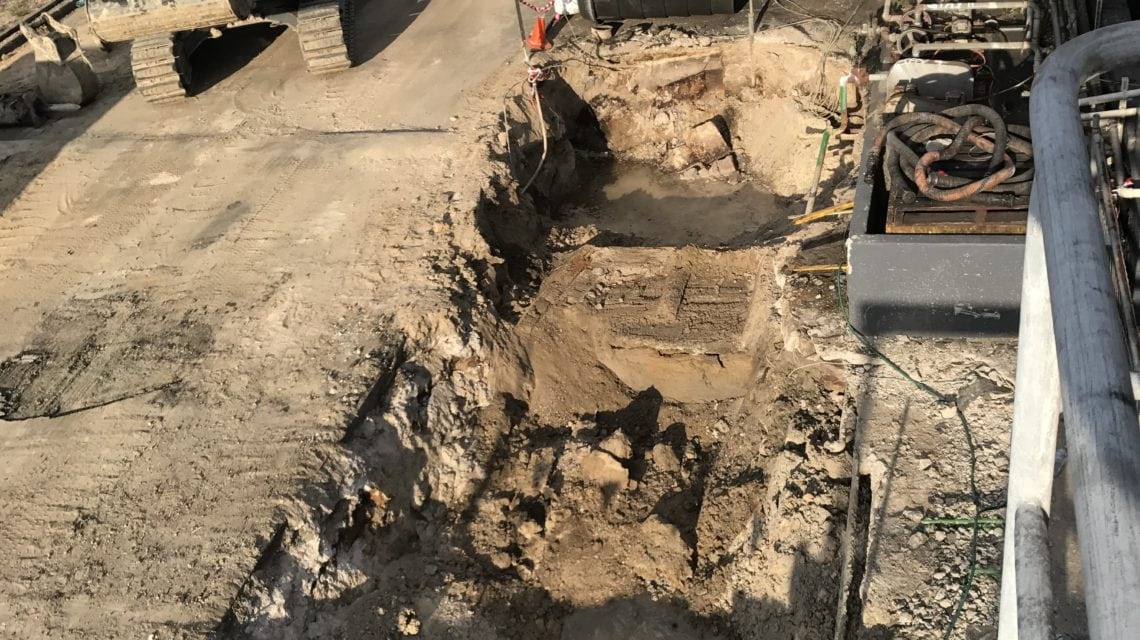The State Environmental Planning Policy No 55 – Remediation of Land (SEPP 55) and the associated Contaminated Land Planning Guidelines were introduced in 1998 as a framework for the management of contaminated land in NSW.
20 years on, the state planning policy will be replaced by the new Remediation of Land State Environmental Planning Policy (SEPP) and Guidelines, deployed by the Department of Planning and Environment. The update has particular implications to development assessment and approvals of contaminated sites and will replace the older SEPP 55.
The new SEPP will impose more stringent and consistent requirements for contaminated sites remediation work, prior to sign off.
There are notable changes affecting development applications summarized in the definition of Category 1 and Category 2 remediation works.
Category 1 remediation works
Includes designated development works (under the Environmental Planning and Assessment Regulation 2000) or works carried out on or in proximity to sensitive lands. Major updates include:
- Continues to require development consent due to heightened risk to humans and environment.
- Additional 16 types of remediation works proposed to be added to the category due to need for specialist assessment.
- Expanded categories also include the requirement for long-term environmental management, post-remediation monitoring or an on-site containment cell.
Category 2 remediation works
Includes remediation works that do not require development consent but requires the applicant to notify the council before works are carried out and when completed. Major updates include:
- The pre-commencement notification must include a certification from a certified consultant that the works do not require development consent and that the Category 2 classification for remediation works are appropriate.
- The requirement to provide a remediation plan (that were previously only required for Category 1 works) from a certified contaminated land consultant, which details specifics about the proposed remediation methods, procedures, any validation sampling and analysis proposed and plans for reinstatement.
- The requirement to provide a validation report from a certified contaminated land consultant, which confirm the works were carried out in accordance with the certified remediation plan, state whether the land is suitable for the proposed use, and whether it is subject to any restriction or ongoing management requirements following remediation.
- For projects that involve more complex remediation, a site audit (additional time and costs) may be required to assist the council to assess and approve a project.
All in all, the scope of regulatory control and sign off has increased and remediation works that previously did not require development consent now likely do. The new SEPP places a greater emphasis on the role of certification by contaminated land consultants, therefore developers will need to seek expert opinion regarding the implications of these planning provisions on their proposed development to ensure there is clarity regarding any remediation works required and that the proper process to sign off is attained.
iEnvi has experts in contaminated land remediation and planning policy and can help you navigate these rules and properly assess your development, safeguarding against delayed project lead times and blow out costs.
Contact us for professional advice: call 13000-43684 or email [email protected]
Or simply shoot us a question and follow us on social media to stay up to date with contaminated sites news that affects your business.
Whether you have questions about design guide, design criteria such as minimum car parking requirement, minimum internal area, minimum ceiling heights, minimum apartment sizes, as well as other design quality principles required to meet the NSW government’s regulations – talk to our friendly team today.

